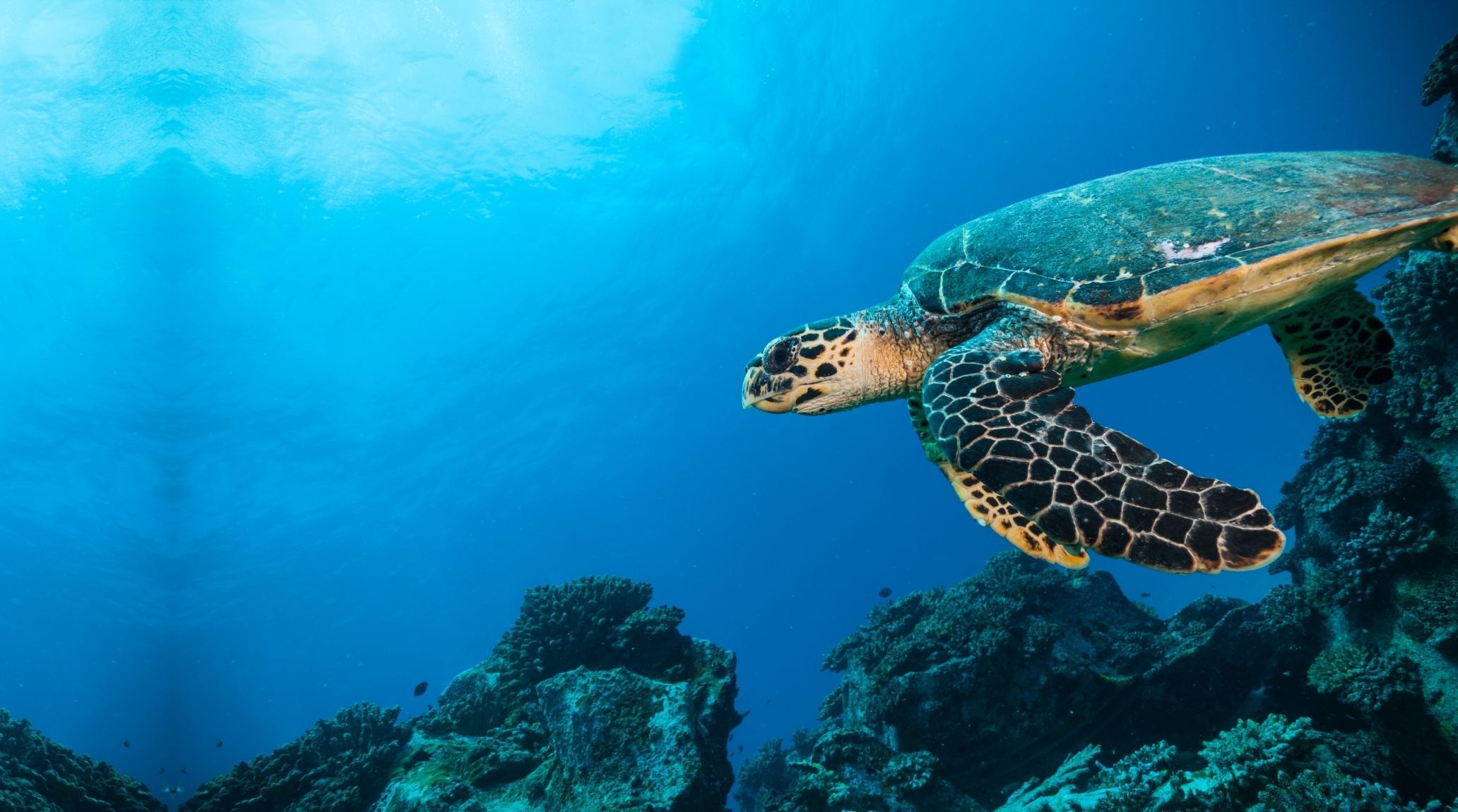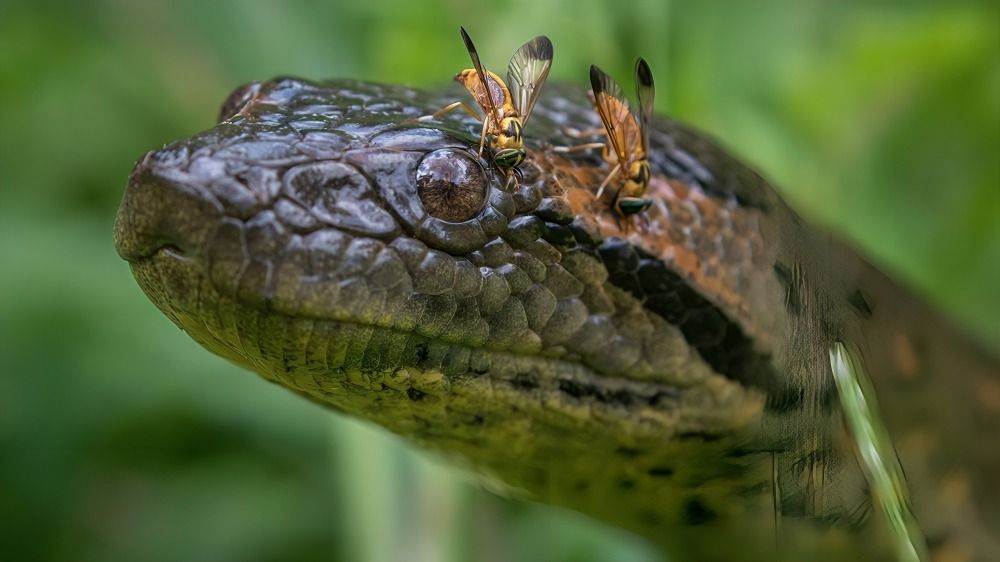
“
Freshwater habitats like rivers, lakes, ponds, streams, and wetlands, make up only 3% of the world's water, with the rest being saltwater. Despite this small percentage, they support over 100,000 species of plants and animals. In this article, we will highlight 20 Captivating Facts About Freshwater Animals, focusing on their unique adaptations and the significant roles they play in their habitats. 1
1
”
Freshwater habitats are home to a variety of creatures, including fish, snails, turtles, frogs, birds, alligators, and even unique species like the river dolphin and diving bell spider. 1
The Aquatic Salamander, or Axolotl, is a unique reptile commonly found in ponds and lakes, especially along the Atlantic coast. Living at the bottom of these waters, it feeds on insects, worms, snails, spiders, and slugs. 2
Bass are found in various freshwater environments worldwide, often living near the bottom among rocks and weeds. These omnivorous fish eat a wide range of food, from small creatures and plants to discarded debris in the water. 3
Crayfish inhabit various environments, including streams, rivers, ponds, and swamps. They primarily consume dead animal remains, plants, insects, and other invertebrates. Interestingly, they are also cannibalistic and may eat their own kind. 4

The otter is one of the most common freshwater animals in the UK. Once at risk of extinction due to habitat destruction during the Industrial Revolution, they have made a comeback thanks to conservation efforts.
The beaver is another important species in British rivers and streams. Once heavily hunted for their fur and scent sacs, they faced the threat of extinction. Fortunately, their population in Britain has been steadily increasing in recent years.5
The American eel, with its olive-green/brown body and snake-like appearance, inhabits freshwater rivers. Females can grow up to 90 cm, while males typically reach around 46 cm. 6
Many species of freshwater turtles, such as the painted turtle, can be found in ponds and rivers. They have a unique ability to breathe through their cloaca, allowing them to stay submerged for extended periods. 7
Great blue herons are large wading birds that hunt in shallow waters for fish and amphibians. Their long necks and sharp beaks enable them to spear prey with precision. These birds are known for their striking blue-gray plumage and impressive wingspan. 8
Freshwater shrimp play a crucial role in aquatic ecosystems by serving as both scavengers and prey. They can be found in various freshwater habitats, from rivers to lakes. These small invertebrates have a fascinating ability to regenerate lost limbs. 9
Asian carp, including species like the bighead and silver carp, are invasive in North American waters. They are known for their rapid reproduction and can outcompete native fish for resources. 10
The American White Pelican is a striking waterbird, recognized for its large orange bill, long neck, and pristine white feathers. Among the eight known pelican species, it uniquely develops horned bills during the breeding season. 11
The Least Bittern is a member of the heron family, known for its shyness and elusive nature, often heard rather than seen in marshes. These birds cling to reeds, remaining motionless as they wait for prey. 12
The snowy egret is a graceful heron characterized by its all-white plumage, black legs, and distinctive yellow feet. Often confused with the larger great egret, it features a smaller body, a black bill, and is more active while feeding. 13

Green anacondas, found in South America, are among the largest snakes in the world, often reaching impressive lengths and weights that inspire folklore. In captivity, they can live up to 30 years, while their lifespan in the wild averages around 10 years.
The hellbender, also known as the snot otter, is one of the largest salamander species in the world and is fully aquatic. This amphibian belongs to the genus Cryptobranchus and includes two subspecies: the Ozark hellbender and the Eastern hellbender. 14
The wetlands of the UK are home to 18 species of bats, which primarily feed on the abundant insects in the area. Bats fly at heights of 2 to 10 metres, searching for food. 15
Cranes, large and sociable birds, are easily spotted in wetlands due to their loud calls. Their diet is diverse, including plants like seeds, nuts, and berries, as well as animals such as insects, reptiles, and mammals. 16
Crayfish, freshwater crustaceans related to lobsters, are called crawdads or crawfish in North America and yabbies in Australia. Their bodies have 20 segments, split into the cephalothorax and abdomen. 17
Most jellyfish live in marine environments, but some, like the freshwater jellyfish Craspedacusta Sowerbii, belong to the Hydrozoa class. Measuring 5 to 25mm in diameter, it has 50 to 500 tentacles. 18


